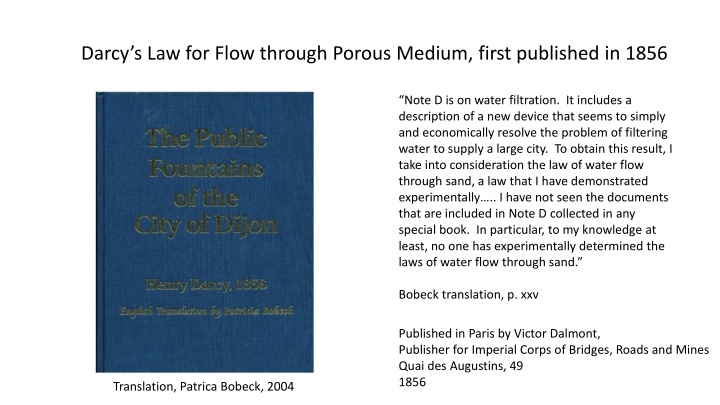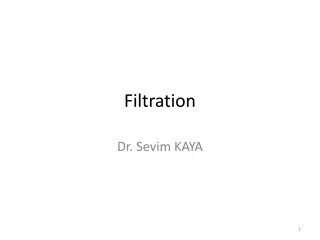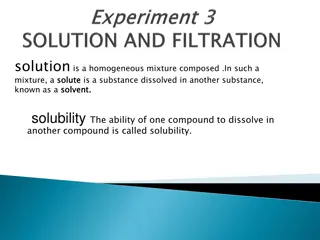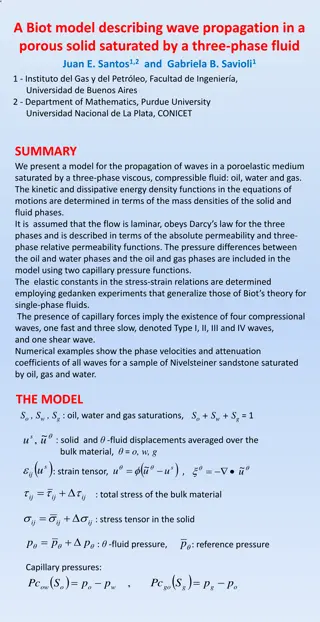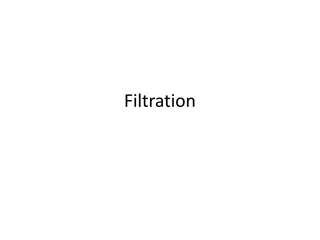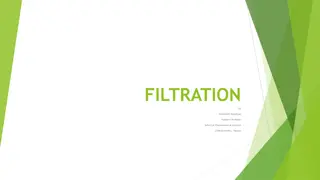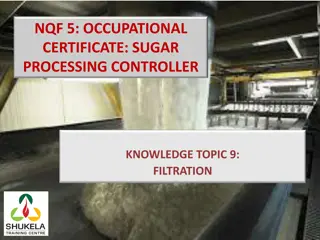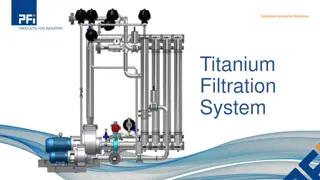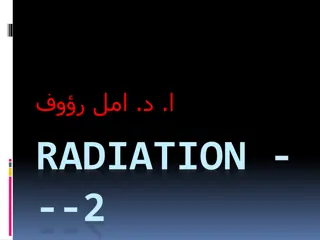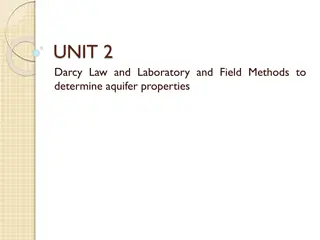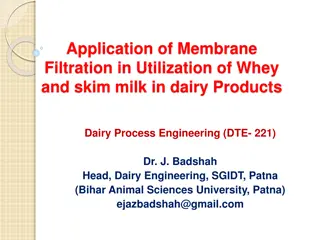Darcy's Law for Flow through Porous Medium and Water Filtration Device
Darcy's Law, first published in 1856, describes water flow through porous mediums, specifically sand layers. The law is applied to develop a new water filtration device for efficiently supplying water to a large city. Experimental demonstrations and tests conducted in 1855 support the relationship between water discharge, pressure, and sand characteristics. The hydraulic conductivity calculations show the practical application of Darcy's Law in designing sand filters.
Download Presentation

Please find below an Image/Link to download the presentation.
The content on the website is provided AS IS for your information and personal use only. It may not be sold, licensed, or shared on other websites without obtaining consent from the author.If you encounter any issues during the download, it is possible that the publisher has removed the file from their server.
You are allowed to download the files provided on this website for personal or commercial use, subject to the condition that they are used lawfully. All files are the property of their respective owners.
The content on the website is provided AS IS for your information and personal use only. It may not be sold, licensed, or shared on other websites without obtaining consent from the author.
E N D
Presentation Transcript
Darcys Law for Flow through Porous Medium, first published in 1856 Note D is on water filtration. It includes a description of a new device that seems to simply and economically resolve the problem of filtering water to supply a large city. To obtain this result, I take into consideration the law of water flow through sand, a law that I have demonstrated experimentally .. I have not seen the documents that are included in Note D collected in any special book. In particular, to my knowledge at least, no one has experimentally determined the laws of water flow through sand. Bobeck translation, p. xxv Published in Paris by Victor Dalmont, Publisher for Imperial Corps of Bridges, Roads and Mines Quai des Augustins, 49 1856 Translation, Patrica Bobeck, 2004
Darcys Law Thus, if we denote the thickness of the sand layer by e, its surface area by s, atmospheric pressure by P, and the height of the water on the sand layer by h, we will have P+h for the pressure to which the upper end will be subjected. In addition, if P h0 is the pressure to which the lower surface is subjected, k is a coefficient that depends on the permeability of the layer and q is the volume discharge, we have ? = ?? ? + ? 0 which reduces to ? = ?? ? + ? when h0 = 0 or pressure under the filter is equal to atmospheric pressure. P+h s Pressurized water supply in a hospital e k Sand column is 2.3 m high 0.35m diameter P h0 q Diagram from Plate 24 Description of experiments and equation, p. 455-459, as part of Appendix D in the book of 506 pages.
Tests conducted on 29-30 October, and 6 November, 1855 Thus, it appears that for an identical sand, it can be assumed that the volume discharged is proportional to the head and inversely proportional to the thickness of the sand layer that the water passes through. Test 1 sand was not washed Test 2 sand was not washed Test 3 sand was washed Test 4 washed sand with a slightly larger grain size Ratio of discharge/pressure head ~ constant for each test
Hydraulic Conductivity in Test 1, 29 Oct 1855 Darcy s Law: ? = ??? ? ? =? 4?2= ? 4(0.35)2 = 0.09621m2 ? =1 ? ? ? = 1 ? ? ? = 10.394? ? ? ? 0.09621 For Test 1, Q/ h = 2.8357, L= 0.58? ? = 10.394 2.8357 0.58 ? = 17.09 ??? ?2 = 1.03?/ ? These are reasonable numbers for slow sand filters Modern rapid sand filters have conductivities of 5-12 m/hr The Green-Ampt conductivity for sand is 12 cm/hr
